 FEATURE
FEATURE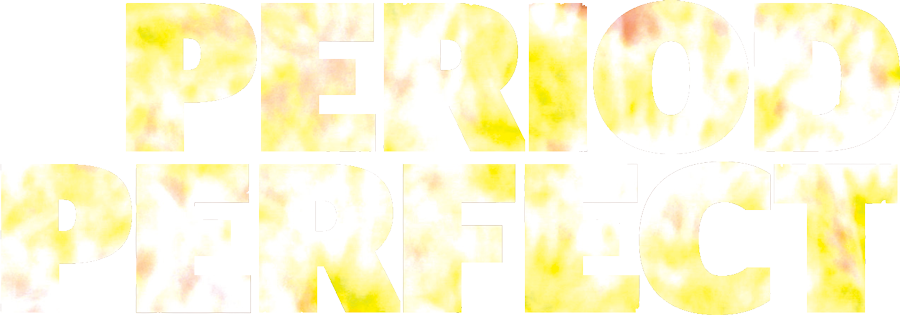

 BY Tommy Lee Byrd
BY Tommy Lee Byrd Photography BY The Author
Photography BY The Authorhe muscle car era is a time that car enthusiasts believe to be the heyday of horsepower. Even though we understand that today’s horsepower and technology surpass anything that Detroit built during the ’60s, we also know that today’s cars lack the visceral feeling you get from a real-deal, old-school muscle car. For Jimmy Arnold of Church Hill, Tennessee, no amount of technology can replace that feeling. He grew up during the tail end of the muscle car era and distinctly remembers his uncle having a ’67 Chevelle with Cragar wheels and popular bolt-on modifications from the era. That car made an impact on his taste in cars, and it led him to own a few Chevelles of his own, including the incredible Day Two creation on these pages.
The rust-free body came from Nevada and had been in climate-controlled storage for most of its life. The car had been wrecked, but the majority of the body was in excellent condition and it only had 26,846 miles on it. Through his research and love for Chevelles, Jimmy came to know Terry Davis, a Chevelle guru from Wytheville, Virginia. Terry offered to help source the correct components for the build, and he immediately jumped on board with Jimmy’s intentions to build a period-correct modified muscle car. Jimmy’s longtime friend Walmer Carter Jr. (whom he referred to simply as JR) also played a role in the planning process, and the two devised a build that would encompass a combination of rare factory GM parts and legitimate vintage speed parts. With Baldwin-Motion cars as his performance guide, Jimmy set out to build a Chevelle that would turn mid 11s in the quarter-mile and look cool doing it.
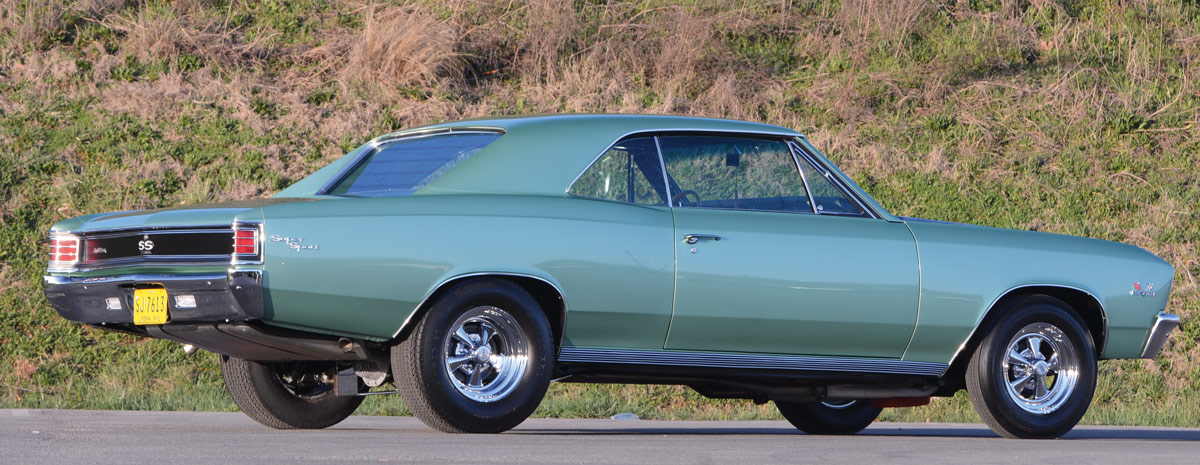
Rare GM parts include an over-the-counter L88 aluminum water pump and deep groove pulleys. Aftermarket components consist of a full Mallory ignition, complete with dual-point distributor, Rev-Pol switch (which sends a full 12 V to the points when switched to “strip” mode), Mallory Voltmaster coil, and Mallory 7mm solid-core wires, which were sourced from a vintage speed boat. Jimmy finished off the engine with Mickey Thompson valve covers, a fiberglass flex fan, and white Appliance long-tube headers. The vintage headers feature a square, four-bolt flange and lead into a custom exhaust system by Brian Lambert. All other components under the hood are factory fresh and Jimmy added an original power steering setup with hopes that his wife, Sandy, and his buddy JR could drive the car comfortably. JR was enduring some major health issues and it was Jimmy’s goal for him to take the Chevelle for a spin when it was complete.
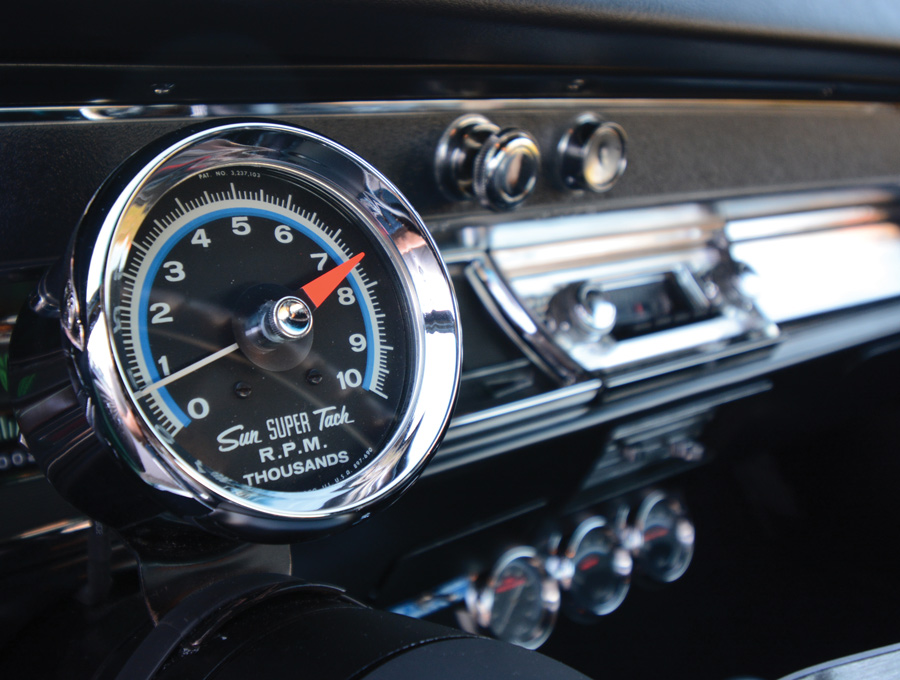
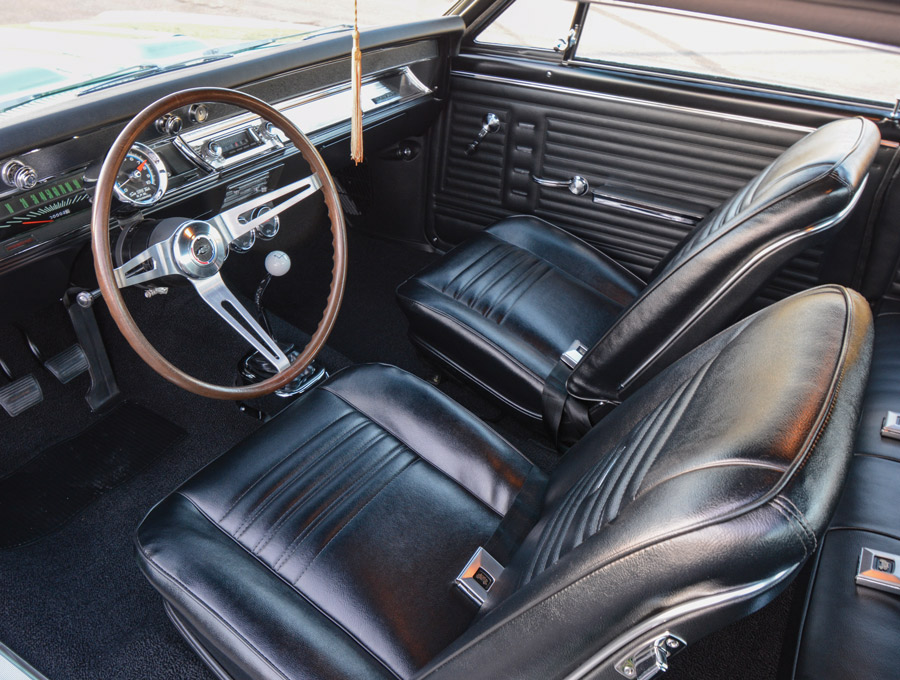
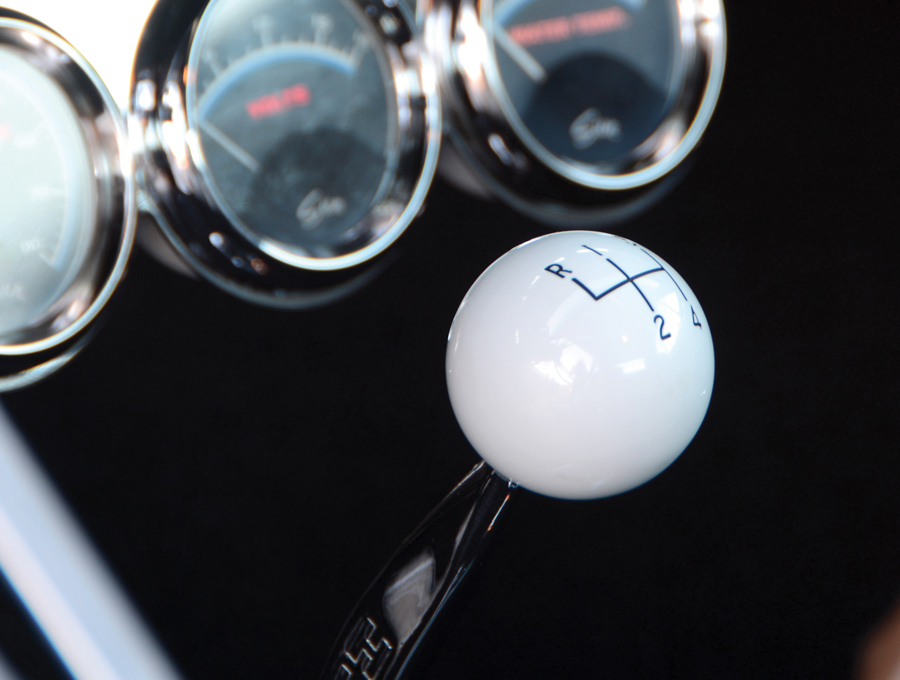
The suspension is mostly stock, aside from boxed rear control arms, Gabriel HiJacker rear shocks, and chrome Lakewood ladder bars. Jimmy found that the car was originally offered with disc front brakes, so he went back with the original ’67 four-piston calipers and two-piece rotors. What he didn’t realize was that the original 15×4 Cragar S/S wheels wouldn’t clear the original brakes, so he added a 1-inch spacer. The extra track width gives the car a cool stance in combination with the BFGoodrich Silvertown 640-15 tires. Out back is a pair of 15×8 Cragars, wrapped in Pro Trac 275/60R15 tires. The bias-ply rubber came from Coker Tire.
When it came time for bodywork and paint that’s when Terry Davis flexed his muscles. He massaged the GM sheetmetal and laid down the beautiful Mountain Green hue with R-M basecoat/clearcoat materials. Jimmy used a mixture of original, N.O.S., and reproduction emblems, while Davis straightened and polished all of the original stainless steel trim.
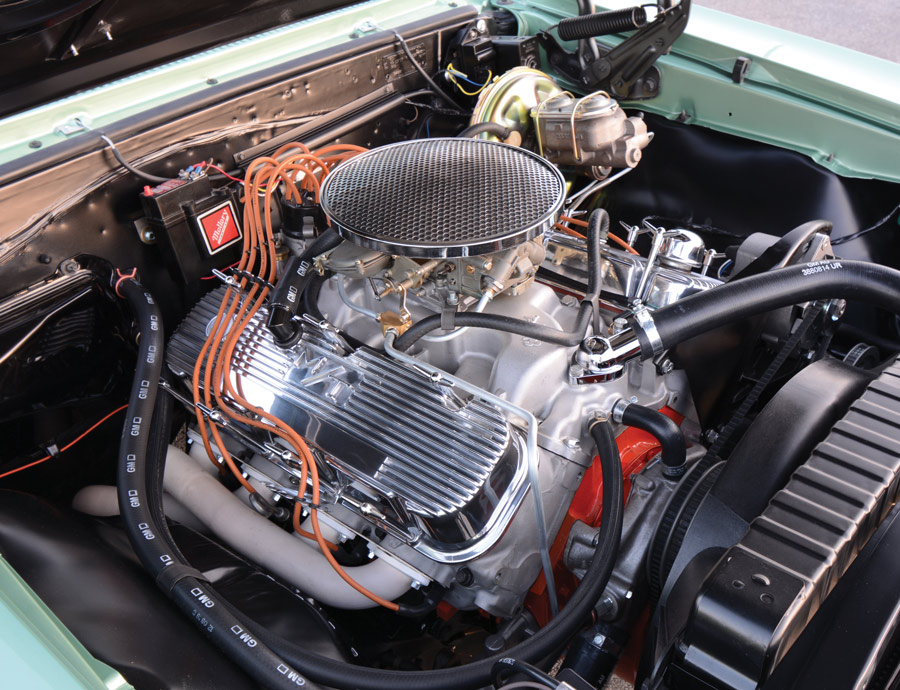
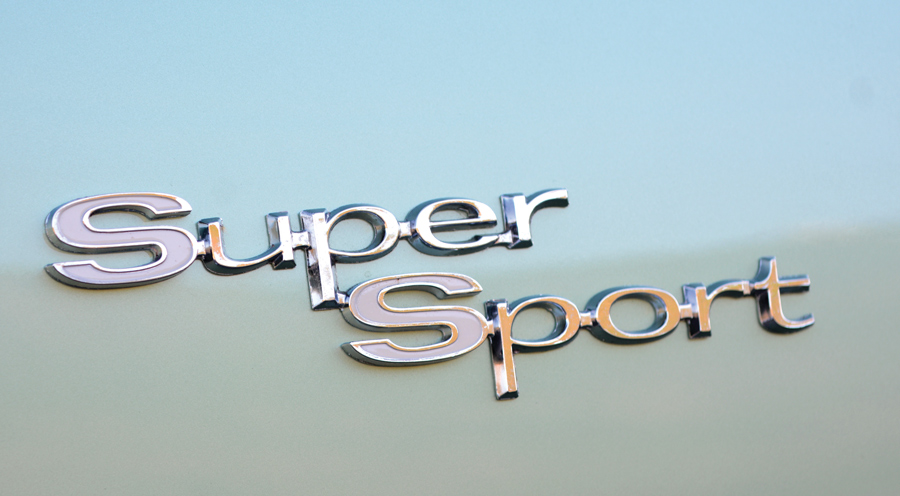
From start to finish Jimmy stuck to the plan and the end result speaks volumes of his efforts. Jimmy had the pleasure of showing the finished product to his buddy JR, and then the car made its public debut at the Chevelles in the Smokies event in Pigeon Forge, Tennessee, around the same time. Unfortunately, JR died a short while later, but Jimmy’s Chevelle serves as a great reminder of their friendship and it’s a stunning example of a period-perfect Day Two muscle car that brings back great memories wherever it goes.

Vehicle: ’67 Chevelle SS396
Type: Big-block
Displacement: 427 ci
Compression Ratio: 12.0:1
Bore: 4.250 inches
Stroke: 3.760 inches
Cylinder Heads: L89 aluminum
Rotating Assembly: Forged GM crank, L88 rods, forged pistons
Valvetrain: Trend pushrods, Comp Pro Magnum rockers, Manley valves
Camshaft: Comp solid roller, 252/264 duration, 0.652/0.660 lift
Induction: Edelbrock C427 intake, Holley 950-cfm three-barrel carburetor
Ignition: Mallory dual-point distributor, coil, solid-core plug wires
Exhaust: Appliance square flange headers, 2.5-inch exhaust, Hush Thrush mufflers
Ancillaries: Moroso 9-quart oil pan, L88 aluminum water pump, Mickey Thompson valve covers, fiberglass flex fan, fly-eye air cleaner
Output (at crank): 583 hp at 7,400 rpm
Transmission: Original M20 upgraded to M22 internals, Ram flywheel, Centerforce clutch
Rear Axle: GM 12 bolt, Auburn Posi unit, 4.10:1 gears, Moser axles, E-T cover
Front Suspension: Stock with reproduction spiral shocks
Rear Suspension: Stock with Gabriel HiJacker shocks, chrome Lakewood ladder bars
Brakes: Original four-piston disc front, drum rear
Wheels: Vintage Cragar S/S 15x4s and 15x8s
Tires: BFGoodrich bias-ply 640-15 front and Pro Trac 275/60 R15 rear
Upholstery: PUI and Legendary, installed by Terry Davis
Material: Black Vinyl
Seats: Original bucket seats
Steering: Original GM wood wheel
Shifter: Vintage Hurst Competition Plus rebuilt by DME
Dash: Original
Instrumentation: Original with N.O.S. Sun Blue Line gauges
Audio: Original unit, rebuilt by Instrument Specialties
HVAC: None
Bodywork: Terry Davis Restorations (Wytheville, VA)
Paint by: Terry Davis
Paint: R-M base/clear, Mountain Green
Hood: Super Sport
Grille: Original
Bumpers: Original, re-chromed